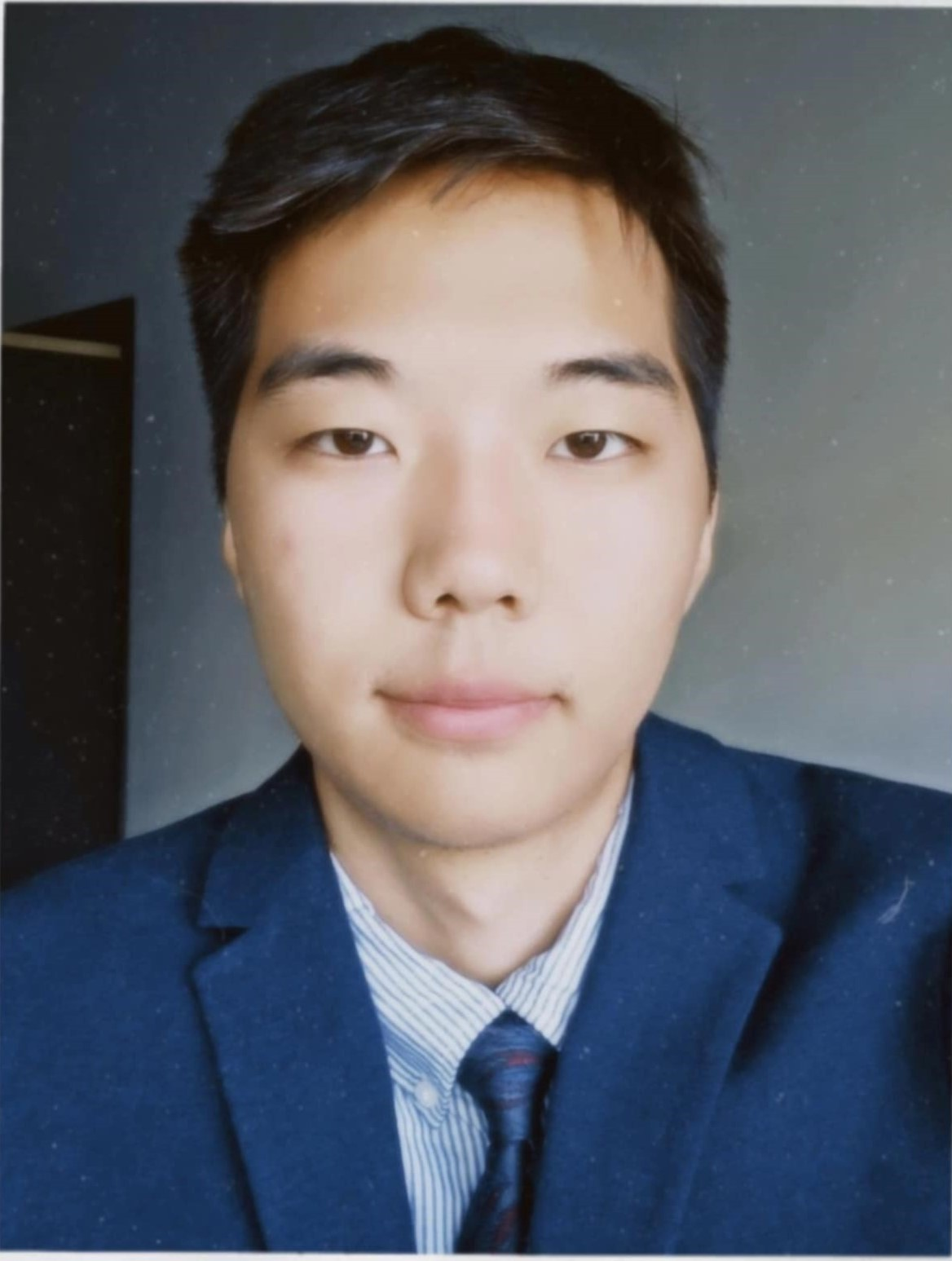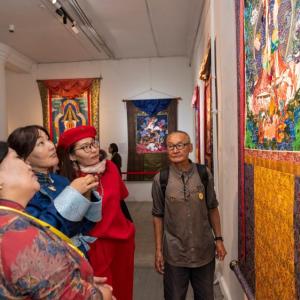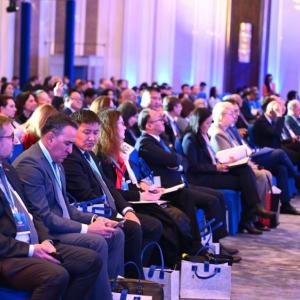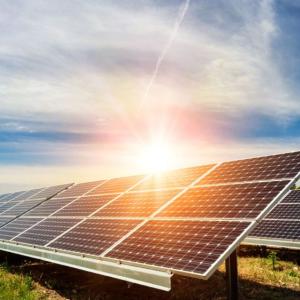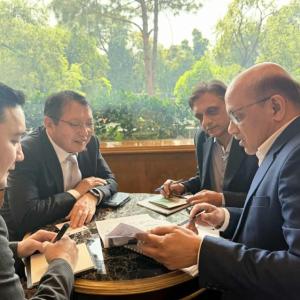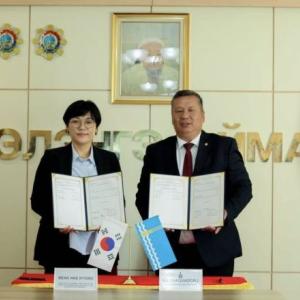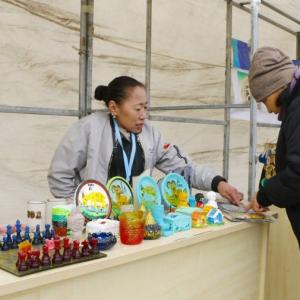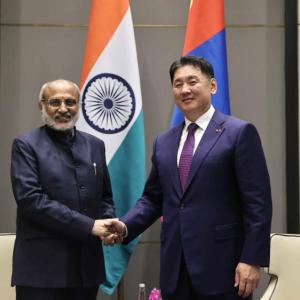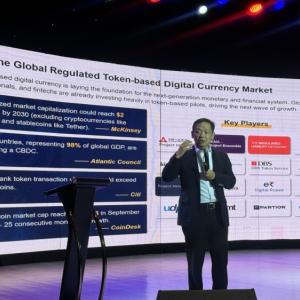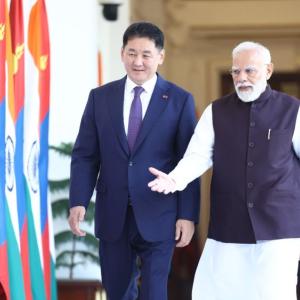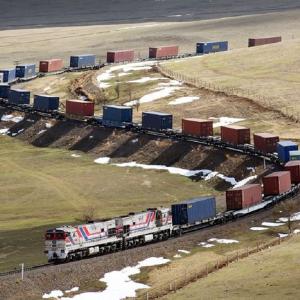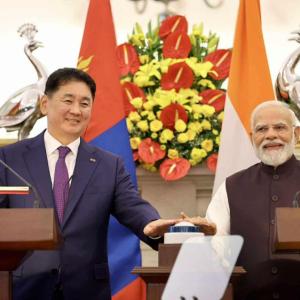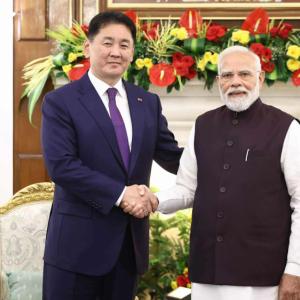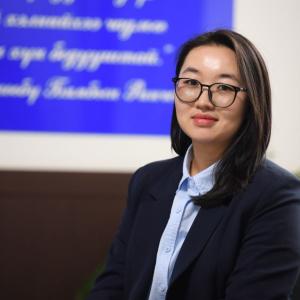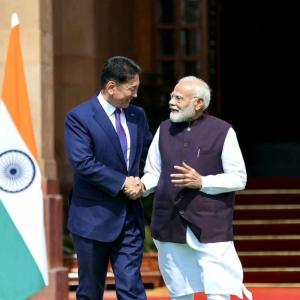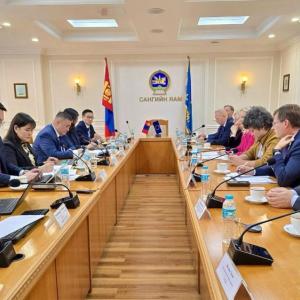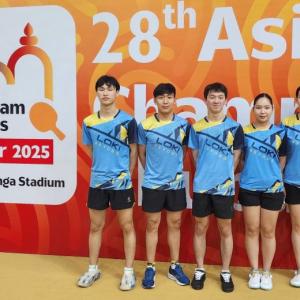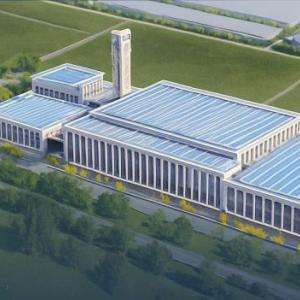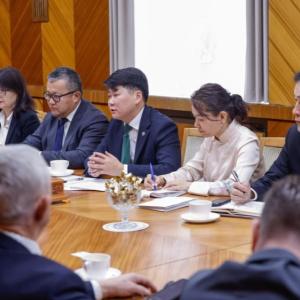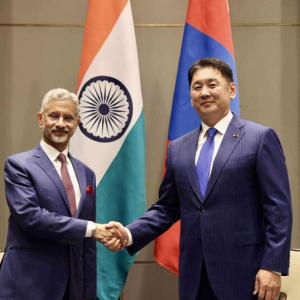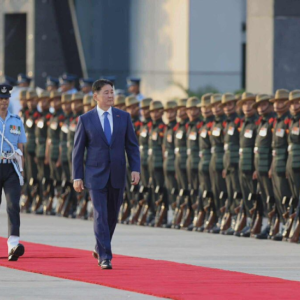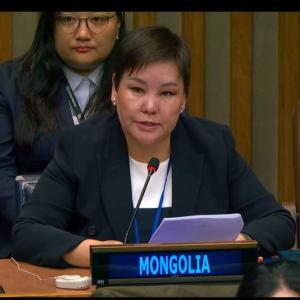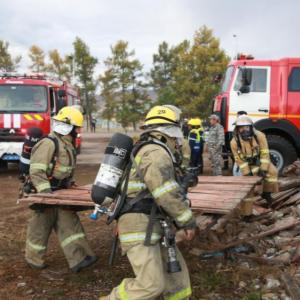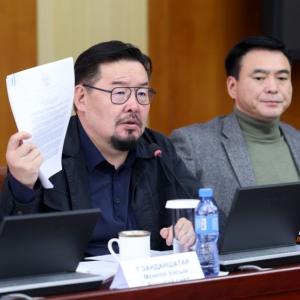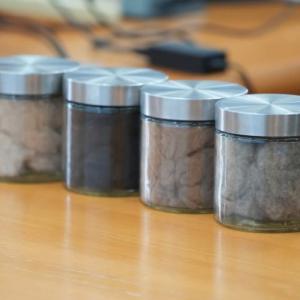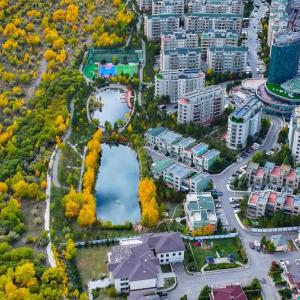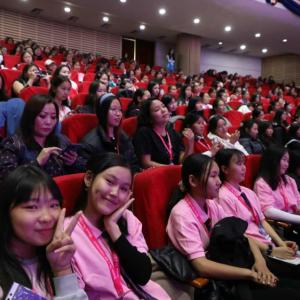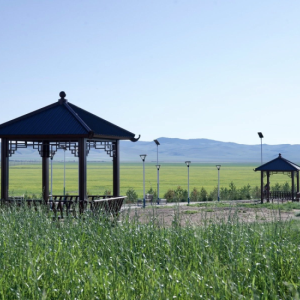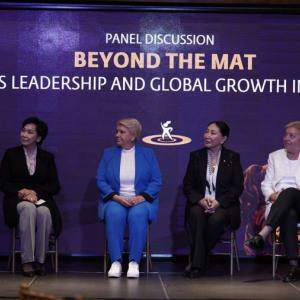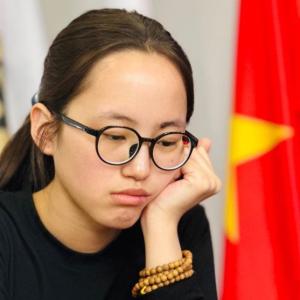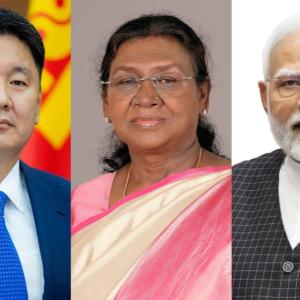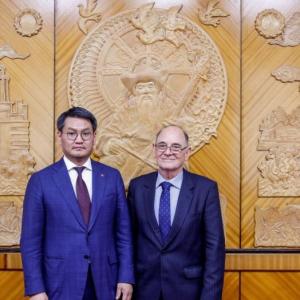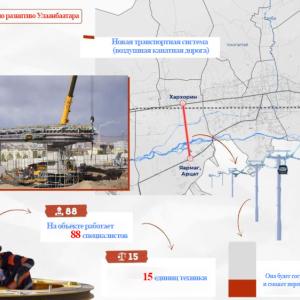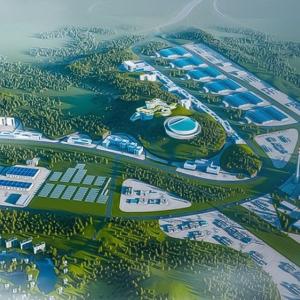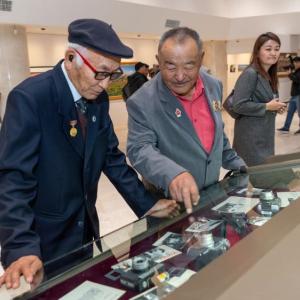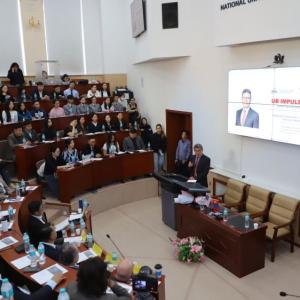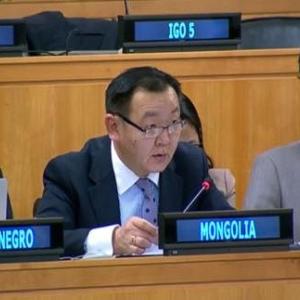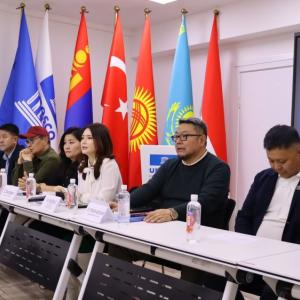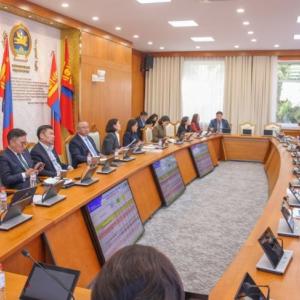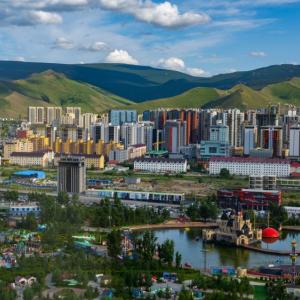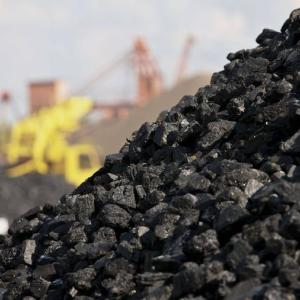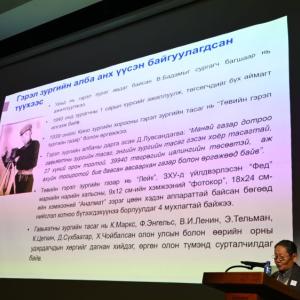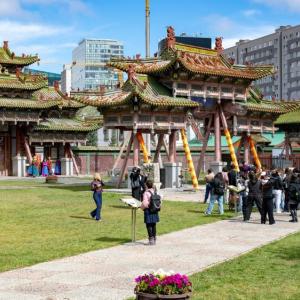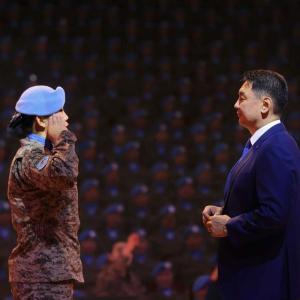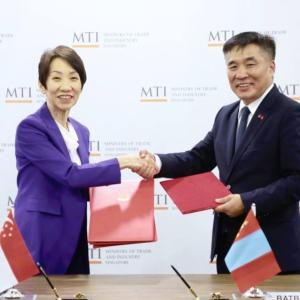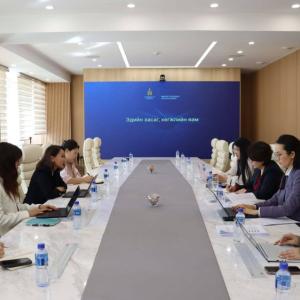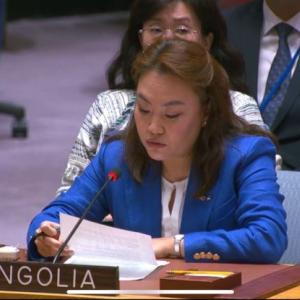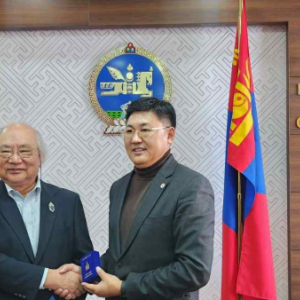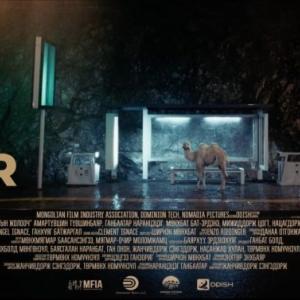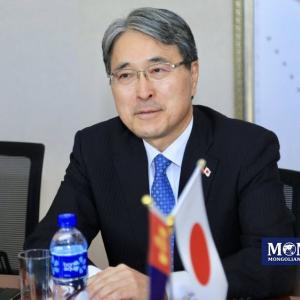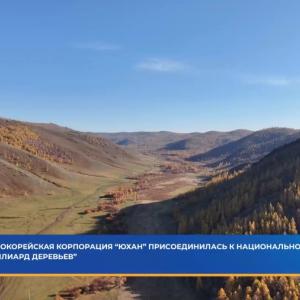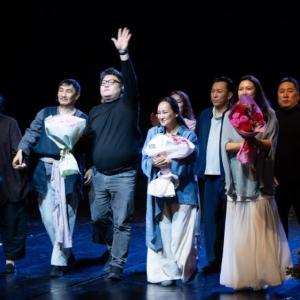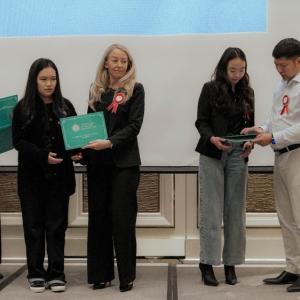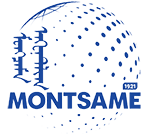Discussions Held on Satellite City Development and Relocation of Government Institutions
Economy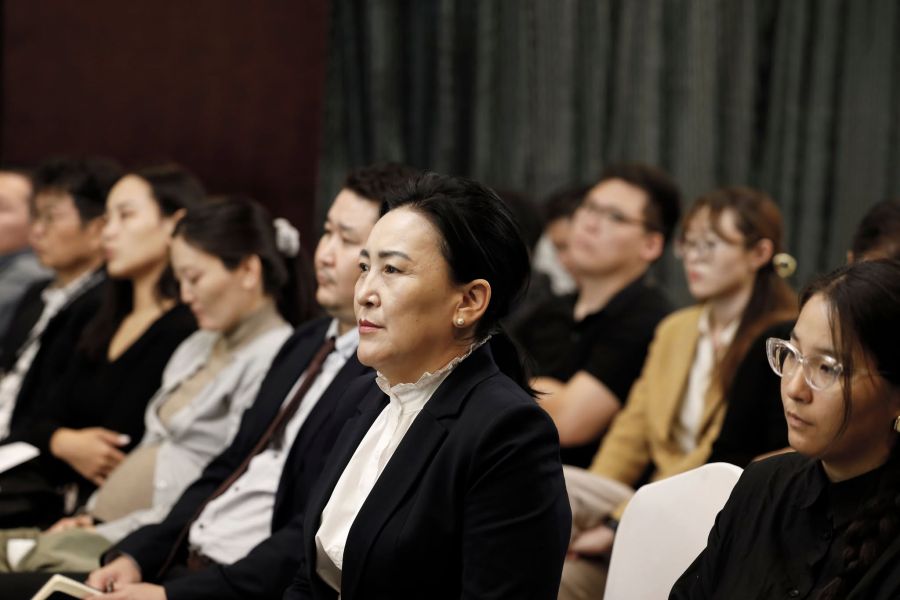
Ulaanbaatar, September 4, 2025 /MONTSAME/. Within the framework of technical assistance from the Korea International Cooperation Agency (KOICA), the project ‘Supporting Balanced Regional Development of Mongolia by Promoting Sustainable Development of Ulaanbaatar City’ has been implemented since September 2024.
A consultative meeting under the project took place on September 3, 2025, featuring presentations on ‘Supporting the Strategy for Ulaanbaatar’s Multi-Center Development,’ ‘Developing Satellite Cities and Relocating Government Institutions to Decentralize Ulaanbaatar,’ ‘Legal Environment and Challenges in Land Development and Investment Attraction for Hunnu City,’ ‘Development of Free Economic Zones,’ ‘Transport and Logistics Zones’ and ‘Urban Development in the Republic of Korea.’
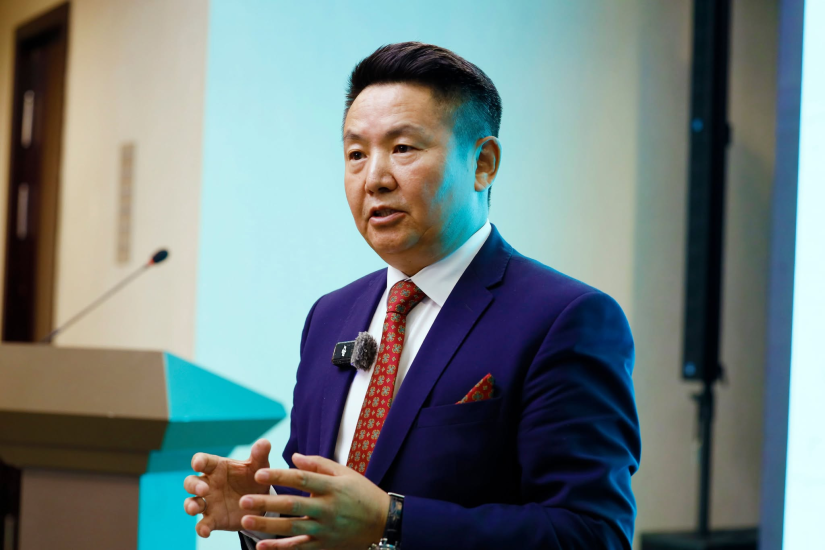 Speaking at the meeting, Plenipotentiary Representative acting as Governor of Hunnu City, Batbayar Munkhuu, noted, “Since the 1960s, the Republic of Korea has gradually relocated its government agencies from Seoul to reduce urban concentration, establishing the new city of Sejong. Their success lay in systematic long-term planning to create new areas for people to live and work. Hunnu city is planned as one of the economic zones and satellite cities under Ulaanbaatar’s development plan through 2040. Current discussions focus on preparations for relocating state administrative bodies to Hunnu, the stages of relocation, and related matters such as creating a favorable business environment, transport and logistics hubs, and free zones for tourism and economic activities linked to airports.”
Speaking at the meeting, Plenipotentiary Representative acting as Governor of Hunnu City, Batbayar Munkhuu, noted, “Since the 1960s, the Republic of Korea has gradually relocated its government agencies from Seoul to reduce urban concentration, establishing the new city of Sejong. Their success lay in systematic long-term planning to create new areas for people to live and work. Hunnu city is planned as one of the economic zones and satellite cities under Ulaanbaatar’s development plan through 2040. Current discussions focus on preparations for relocating state administrative bodies to Hunnu, the stages of relocation, and related matters such as creating a favorable business environment, transport and logistics hubs, and free zones for tourism and economic activities linked to airports.”
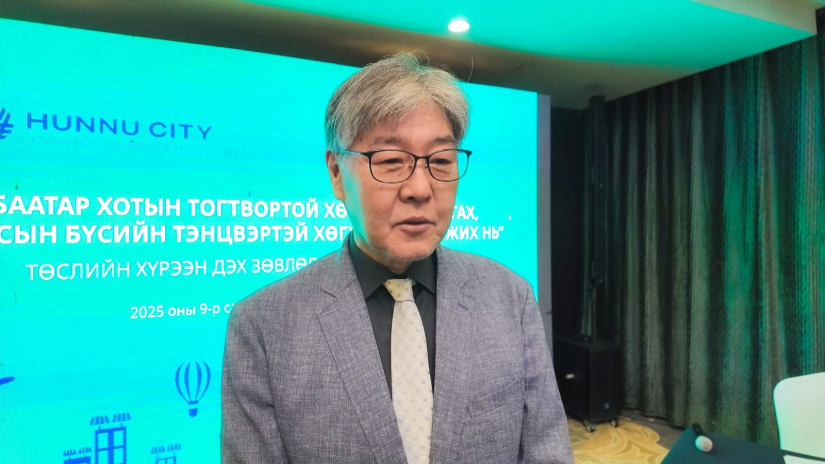 Director of the Han-A Urban Research Institute, Tae Kyungjin, remarked, “We are preparing to provide planning and consultancy services within the Hunnu and Kharkhorum city development projects. Establishing new cities is of great importance for Mongolia’s future. Addressing the urban concentration in Ulaanbaatar is a top priority. In the Republic of Korea, the solution began with identifying suitable areas for dispersed settlement, followed by the development of infrastructure to connect them. Each settlement zone must be equipped with all essential conditions for human life while retaining its unique features.”
Director of the Han-A Urban Research Institute, Tae Kyungjin, remarked, “We are preparing to provide planning and consultancy services within the Hunnu and Kharkhorum city development projects. Establishing new cities is of great importance for Mongolia’s future. Addressing the urban concentration in Ulaanbaatar is a top priority. In the Republic of Korea, the solution began with identifying suitable areas for dispersed settlement, followed by the development of infrastructure to connect them. Each settlement zone must be equipped with all essential conditions for human life while retaining its unique features.”
The project will continue until 2027.
 Ulaanbaatar
Ulaanbaatar





